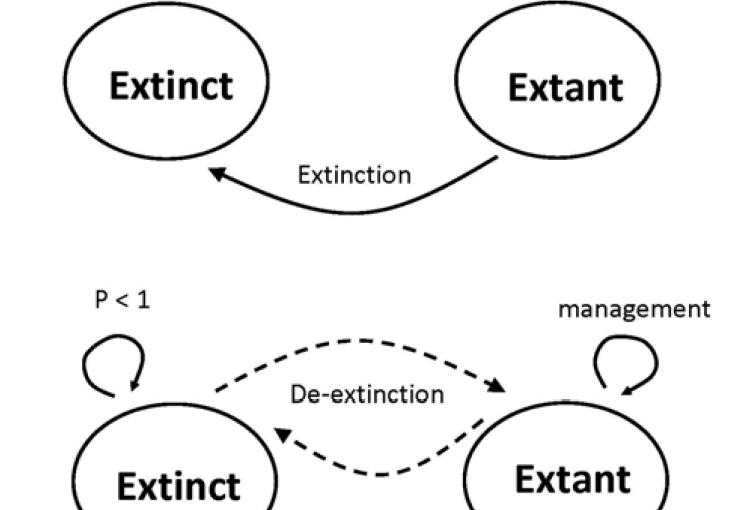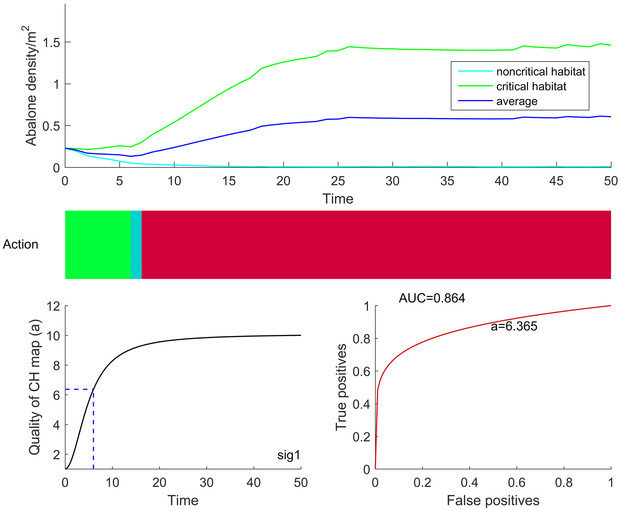We have published an opinion piece on how decision science can provide guidance if de-extinction was an option. It has been very stimulating to work on that piece led by Gwen Iacona (UQ). I was particularly interested in the consequences of switching our thought process from managing a non-renewable resource to a renewable resource … it’s fascinating and it works for so many applications e.g. coal generated power vs solar power.
Iacona, G., Maloney, R. F., Chadès, I., Bennett, J. R., Seddon, P. J. and Possingham, H. P. (2016), Prioritising revived species: What are the conservation management implications of de-extinction?. Funct Ecol. Accepted Author Manuscript. doi:10.1111/1365-2435.12720
Abstract:
“De-extinction technology that brings back extinct species, or variants on extinct species, is becoming a reality with significant implications for biodiversity conservation. If extinction could be reversed, there are potential conservation benefits and costs that need to be carefully considered before such action is taken.
Here, we use a conservation prioritization framework to identify and discuss some factors that would be important if de-extinction of species for release into the wild were a viable option within an overall conservation strategy.
We particularly focus on how de-extinction could influence the choices that a management agency would make with regards to the risks and costs of actions, and how these choices influence other extant species that are managed in the same system.
We suggest that a decision science approach will allow for choices that are critical to the implementation of a drastic conservation action, such as de-extinction, to be considered in a deliberate manner while identifying possible perverse consequences.”

